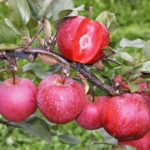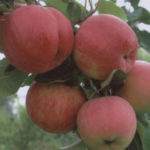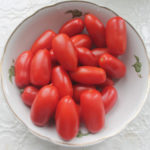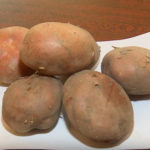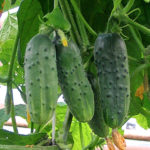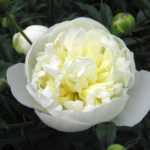Colorado spruce Blue Diamond
Thorny (or Colorado) spruce comes from the slopes of the Rocky Mountains in the western United States. They are distinguished by their unpretentiousness, unusual color of needles, high frost resistance, for which they have long been loved by breeders of the New and Old Worlds. On their basis, many popular varieties have been created, including the one whose name is in the title. Now we will tell you about it.
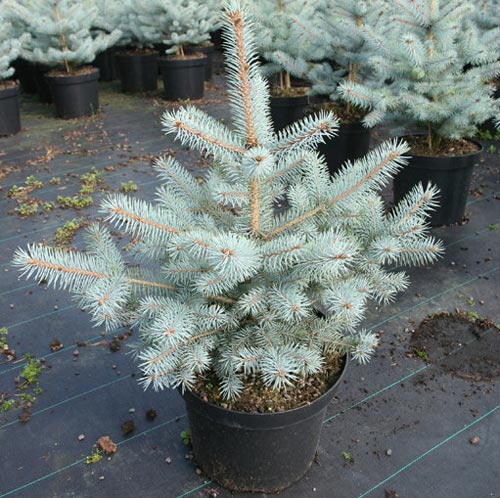
History of creation
Blue Diamond (Picea pungens "Blue Diamond") was created in a nursery in the Dutch city of Deurn in 1990. It arose from the hybridization of the long-known variety of the prickly spruce Glauka and several unnamed seedlings of Colorado spruce.
Testing and testing of the newcomer were carried out for about 15 years to make sure that its main features are stable, and only in 2005 an international patent was received under the number PP19,550. A year later, seedlings of this spruce first appeared on the market in large quantities. Since then, the variety has become popular on both sides of the ocean, and today it is a frequent visitor to thousands of garden plots.
Description of appearance
Each of us has a general idea of the New Year tree. It should be slender, regular conical shape, fluffy and with beautiful needles. Actually, so we got a description of a typical Blue Diamond tree, except that it is not so slender, slightly spread out in width.
For the first 10 years, this spruce grows slowly, 15-20 cm per year, and by this age it reaches from 1.5 to 2 meters. Subsequently, the growth rate increases, and an adult tree can grow up to 6 meters, or even more, with a width of about two to three meters.
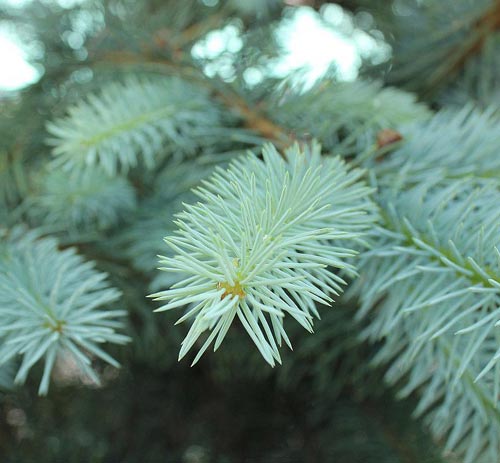
Densely planted branches form regular, symmetrical tiers, gradually tapering towards the top. The needles are thin, but thorny, also thick, have a pale blue hue, probably reminiscent of the high sky of the Rocky Mountains. This is the difference between the variety and the "classic" Colorado spruces: their needles are more saturated, bluish.
The stately "Blue Diamond" figurine is successfully complemented by one more decoration in spring - long brownish cones. Crown pyramidality is usually maintained by itself, in a natural way, although occasionally a certain spring formative pruning is still required.
Features of agricultural technology
The variety has inherited the natural stamina and unpretentiousness of all thorny spruces. It is frost-hardy and can be grown in areas where temperatures sometimes drop to -40 °. Photophilous, it is in open areas that it demonstrates its best qualities, although it is able to grow in shade. In this case, the crown "falls apart" noticeably, and the silvery blue of the needles becomes dimmer.
Ideal soil - slightly acidified loam, well-drained, but constantly slightly moist. If periods of drought occur, Blue Diamond is able to survive them without much damage. But what she frankly does not like is excessive soil density and stagnant moisture in the root zone.
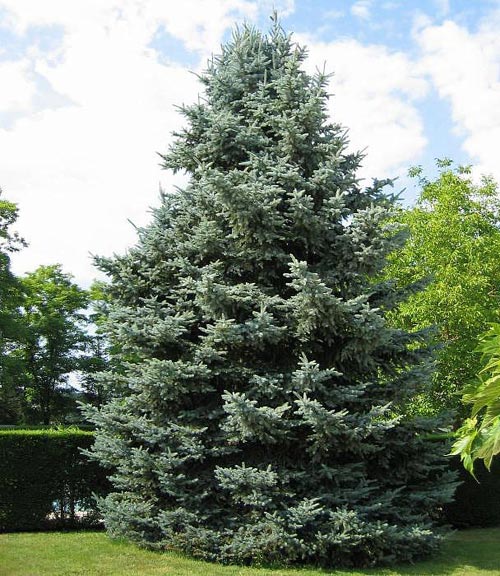
It responds positively to top dressing, especially organic matter, they make the crown more fluffy and saturate the color of the needles. For this reason, horse manure or cow humus is an excellent mulch for the trunk circle.
Specimens of our spruce grow well in conditions of urban gas pollution, but at the same time it is still advisable to periodically pour water over them well if there is no rain for a long time.
Use in landscape design
This "Christmas tree" will decorate any garden area, and it will look gorgeous in all seasons. It can act as an accented specimen plant, but with skillful planting it will adorn many group compositions. Often it is planted in rows in order to thus outline the edges of the site.
Small specimens, especially those up to 10 years old, are popular as a tub culture, like live Christmas trees.
